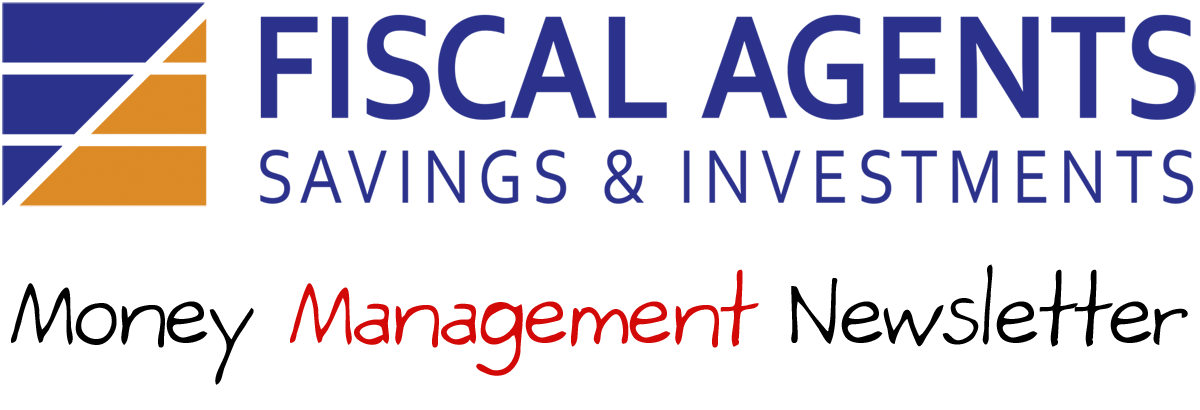By Jim Yih, Author of Seven Strategies to Guarantee your Investments– The Federation of Canadian Independent Deposit Brokers Guide for the Conservative investor
Conventional GIC products provide guarantees of your invested capital as well as a guaranteed return on your capital. There is a new breed of GIC products that continue to guarantee your capital from losing money but provide some variability in terms of your investment return. These products are commonly known as index linked GICs.
The index linked GIC is an interesting product in that the capital is guaranteed. However, the return on the capital is dependent on the performance of an underlying index. Typically, you must choose between a 3 and 5-year term. The index is usually one of the major indexes like the TSX or the S&P500. When it comes to index linked GICs, it is important to read the fine print on how your return is actually calculated.
The linked GIC appeals to investors who want to preserve the capital but are willing to risk a little growth. At worst you will get your capital back with no growth. Index linked GICs are similar to conventional GICs from the standpoint that you select the term you want. Usually these products are offered for only 3 or 5 year terms.
Not all index linked products are the same
If you are considering buying an index linked GIC, make sure you shop around before you buy. Not all financial institutions offer index linked GICs and the ones that do can differ dramatically in what they offer. Here is a list of questions to ask:
Is there a minimum performance guarantee?
Most institutions simply have a guarantee of capital with no minimum guarantees of performance. However, I have seen some institutions go so far as to offer a minimum guarantee like 1 or 2 percent.
Is there a maximum performance guarantee?
Many institutions have maximum performance guarantees. For example, one product might offer the returns of the stock market up to a maximum of 30% (total return). This means that if the stock market is up 40%, you will only get a maximum of 30%.
What index does the performance link to?
There are many different stock market indexes to which you can link your product. The most common are the S&P500, the TSX, and a global index. Some products are being innovative by linking to well-known mutual funds or even baskets of specific stocks. Knowing which index to link to is key.
What is the participation level?
Some index linked GIC products will stipulate a participation rate. For example, a 60% participation rate means that your performance will be equal to 60% of the underlying stock market return instead of 100%.
How is the return calculated?
Some companies simply base your return on the percentage gain of the index between the issue date and the maturity date of the GIC. Others will use the monthly average of the index over the term of the GIC or some other average in their calculations. The average return calculation is less risky in the event that the market collapses around your maturity date.
While conceptually, these products are quite appealing to the conservative investor, the fine print will ultimately tell the tale. While the details can get pretty complicated, don’t lose sight of the simple benefits of index linked GICs guaranteed capital and higher potential returns.
More considerations
Taxation. No matter what the return is for the index linked GIC, it is classified as interest income. If you buy an index linked GIC with non-RRSP money, your gains will be added to income and taxed at your marginal tax rate. It is important to know that all of the income is deferred to the maturity of the GIC. Interest for the index linked GIC is all taxed in the year of maturity. This can be considered beneficial in terms of a tax deferral of interest income. However, it can also be shocking in the year of maturity. Index linked GICs are not the most tax efficient investments and may be better suited for RRSPs than non-RRSPs.
Liquidity. Typically, index linked GICs are not cashable. Once you buy, you cannot access the money Be sure to make liquidity provisions when buying an index linked product.
As you can see, every product has pros and cons. Without question, the key benefit of the index linked GIC is the ability to protect capital while still providing higher returns. However, be aware that they are not liquid or tax efficient investments and the variability of returns can actually work against you. Be sure to shop around.
